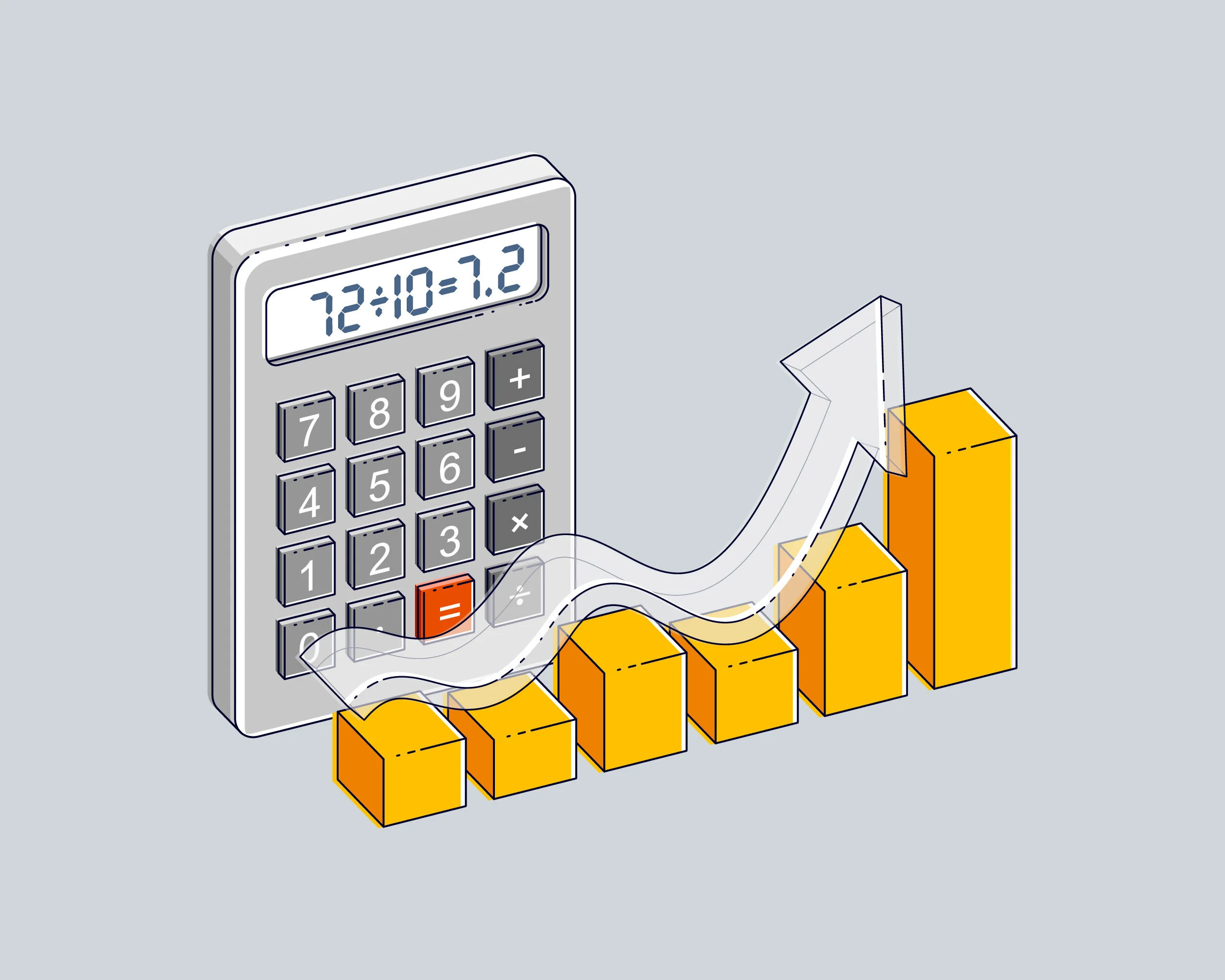How Do I Structure My Bank Accounts
Feb 9, 2020
The more I blog and the more emails I receive from people, the more I realise that people just want to know pretty much exactly what OTHER people are doing with their money. I’ve had a number of questions about how I structure our bank accounts. Like exactly how. I figure that as long as I don’t tell you my login details, then what’s the harm huh?
Certainly, if you listen to my podcast you will hear a lot of people going into great detail about how they structure their accounts and it’s so interesting to hear about their specific structure, so you might also enjoy taking a listen to a few of those.
Some have so many accounts, up to about 20 in one instance if I recall correctly! But it seems to work for them and that’s the point of personal finance right? Make it specific to your personal situation. Plus with banking today, with most banks it’s free to add as many accounts as you see fit, so it’s easy to create buckets of money here and there, each with a specific purpose. I love how you can tailor it to fit your own life.
I’m a lot more low key than some that I have spoken to, with just seven accounts in total at this point in time, sometimes I might have one or two more, depends on what I’m doing at the time. So, where many blogs would now tell you to go and talk to your friendly banker and decide what accounts you might need and what you might need them for, let me tell you exactly how I structure ours and perhaps, in the comment section below, you might like to share some useful tips about how you structure yours.
Here goes:
1. Everyday Account
All pay and expenses come and go from here and I keep a small buffer so that I don’t ‘cut it too fine’. Alarm bells would ring for me if it got below $500. If I’m buying groceries I use this, if I’m filling the car up using my debit card or paying my rates by direct debit, I use this. Automatic investments to our KiwiSaver, SmartShares and Sharesies come out of this account. My wages and Jonny’s pay come into here. So, there are transactions on this account most days and if it’s earning any interest, it’s so darn low that I’ve never really noticed.
2. Investment Holding Account
I have a transfer into here each week from our Everyday account of a set amount and on the 18th of the month, I invest all of this money OR if the pay we have received this month from both of our jobs has been low, I may transfer some of this money BACK into our Everyday account to top it up. Most months I manage to invest all of this and these investments are in addition to the auto ones we have set up. With Jonny being self-employed I found that this is the best way to ensure we have enough money for day to day living, but that we also have a savings habit. I didn’t want to set our auto investments so high that it was leaving us short so this system works well. Plus we have enough self-discipline to invest whatever is in this account if it’s not required for survival. On the 18th of each month, it gets drained and I start all over again.
3. Holiday Account
A saving account, I have a weekly transfer of a set amount into here. When it gets high enough to book airfares, hotels or rental cars we go ahead and use it so this account gets built up and then drained, but every week without fail money is transferred in. This allows us to holiday with no stress.
4. Tax Account
A saving account, each time I receive income into my Everyday account that has NOT yet been taxed I transfer a portion into here to cover my end of financial year tax, that way I never have an unexpected tax bill.
5. Emergency Fund
Our entire emergency fund which represents four to five months of expenses sits here. It’s in a savings account, earning interest (that I transfer into my investment account at the end of each month when the interest is paid out), but I can access any of this money 24/7 if required. The point of my emergency fund is not to make money, it is to provide peace of mind and immediate access to fight any financial fire.
6. Car Insurance
A saving account, we will be paying for our car insurance in one lump sum in March 2020 so I have been building this account up for this purpose for when the bill is due for payment in full. Once I reached the correct amount I stopped paying into it and it’s just sitting there, fully funded and waiting.
7. Referred to as the “Teeth” Account
Our daughter needs braces this year (and given the quote I have received, her dentist is clearly looking to upgrade their vehicle) so I have been transferring a weekly amount into here for quite a long time now to cover the bills that will start in early 2020. She will also need a laptop when she starts High School in 2021, so I’m saving for that too.
And that’s it basically!
At any time I have about $25,000 - $30,000 spread across these accounts (the emergency fund makes up $16,000). Which when I type that it seems like a LOT but each account is serving a strategic purpose. This is in addition to the investments we have and when I blogged on asset allocation recently I worked out that cash in the bank makes up 3.3% of our total net worth, so I’m comfortable with that. We no longer have any debt and I have to say that the easiest (and hardest) way to simplify your banking structure is to pay off all debt - I’m not trying to be glib here, it’s easier said than done I know.
Up until a recently, it was worth hunting down high-interest bank accounts and term deposits, but seeing as they all seem to be on a race to zero interest it is easy to waste time chopping and changing accounts and banks when at the end of the day you may just be quibbling over a few dollars. That being said, it is certainly still important that you avoid any bank fees because that is an ongoing expense that so many banks will waive if you frame your request well. And at the end of the day, don’t hesitate to switch banks if you feel that it fits your personal finances better to be with someone else. Just like high-interest rates are a thing of the past, in my opinion, so is loyalty to a bank.
That’s how Jonny and I go about things, it is pretty straight forward, plus the fact we no longer use a credit card makes it even easier because I don’t have a big bill coming out each month that I need to budget for, just a number of smaller transactions, all of which get automatically loaded into my PocketSmith budget throughout the day. And just a note on not having a Visa, just a debit card, I’ve concluded that we definitely spend LESS since getting rid of it, the reason being that when I spend something, I instantly see it reflected in our bank balance, so it makes me very aware and that is a good thing indeed. Our banking set up is just a clean, simple system to use, it’s not quite a Barefoot Investor set up, but at a push, I’m pretty sure I could write this on the table napkin during a date night if I tried.



